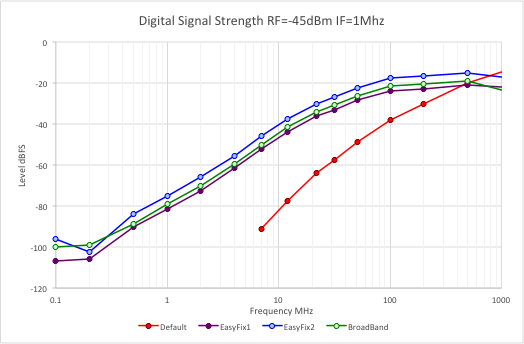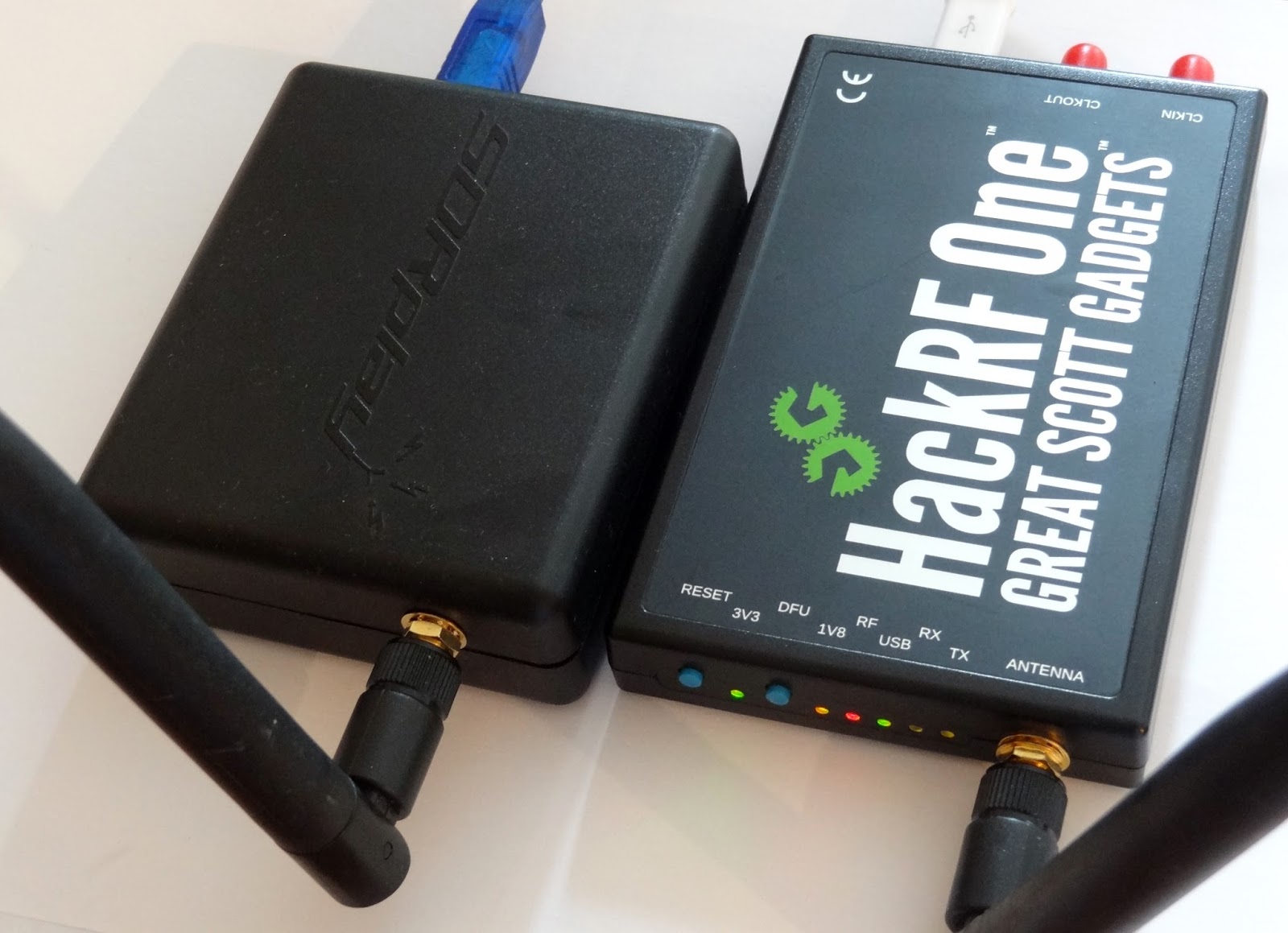

The quality of the software is quite good, and the user community is well supported.

The library is well maintained and provided with many examples. Ettus also supports a "low level" library (libuhd) for folks who want more direct control. The Ettus radios are all well supported by GNU Radio. The specs are 70MHz to 6GHz, ~60MS/s max sample rate, 12 bit ADC, USB3 connection to the host. The N200/UBX combination is a substantial investment, (tunes from 10MHz to 6GHz, 100 MS/s, 14 bit ADC, 1Gbit ethernet to the host about $2800 US) but Ettus sells the B200mini in a case for $765. I have an N200 with a UBX module, and a B210. I've really enjoyed working with the USRP family from Ettus Research (NI).

But you might consider a third option: one of the USRP devices from Ettus. I have not used the HackRF, have tried the LimeSDR, so no basis for head-to-head comparison here. bandwith ~20 MHz) - half duplex LimeSDR: Pros: - 12 bit ADC & DAC - frequency range, 100 kHz - 3.2 GHz - full duplex 2x2 MIMO - USB 3.0 / PCIe (bandwidth 61.44 MHz) - TCXO - good sensitivity Cons: - some users experience heat issues - mirror images due to missing filters (signals get mixed with harmonics of the clock) - updates sometimes completly mess up the libraries (even on ubuntu) - installation pain in a** on other OSs than windows or ubuntu PlutoSDR: Pros: - 12 bit ADC & DAC - frequency range, 325 MHz - 3.2 GHz (within specs), 70-6000 MHz (with software modification & performs better than HackRF above 2 GHz, at least for me) - full duplex - linux running on FPGA - can run standalone with software on FPGA - networking capable (with usb otg adapter for wifi or ethernet) - good sensitivity - cheap Cons: - usb connection sometimes unstable (don't know why yet) - mirror images due to missing filters (signals get mixed with harmonics of the clock) - USB 2.0 (though only 4 MHz of usable bw, viewing a spectrum with 61.44 MHz is possible though with huge sample loss) - can't be used clock synced with other devices out of the box As I have both devices and a PlutoSDR, this is what I can tell you: HackRF: Pros: - easy to use & great support on every OS - has some switchable filters - frequency range, 1-6000 MHz - great community Cons: - 8 bit ADC & DAC - USB 2.0 (therefore max.


 0 kommentar(er)
0 kommentar(er)
